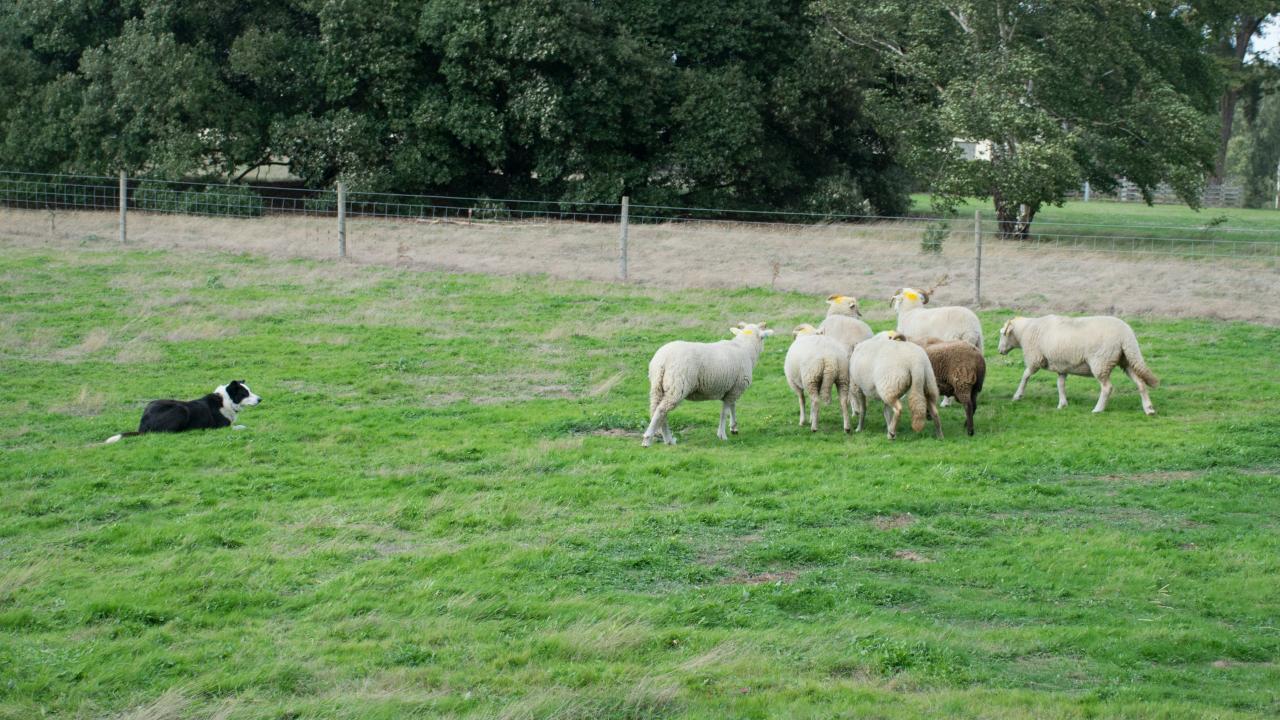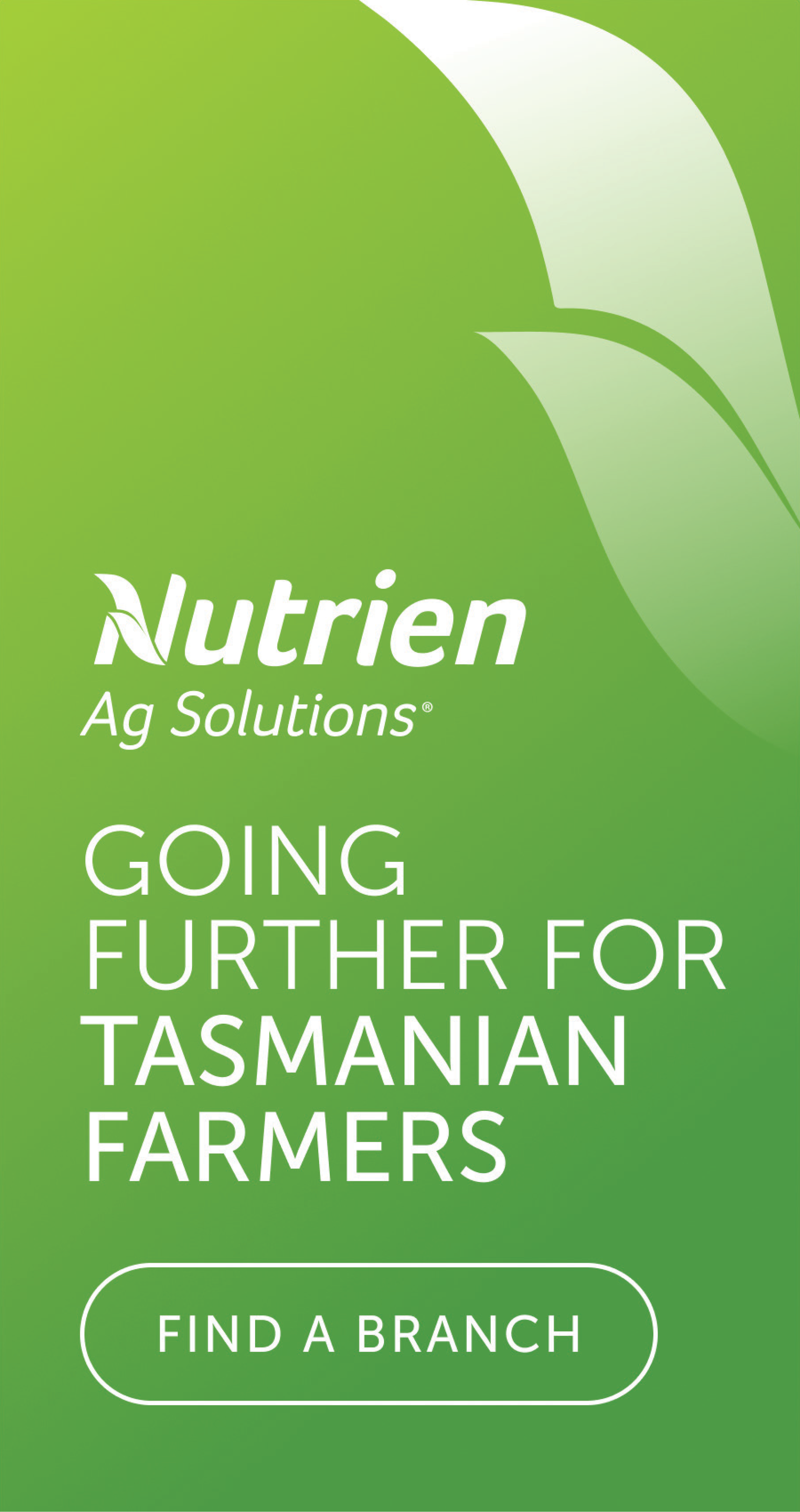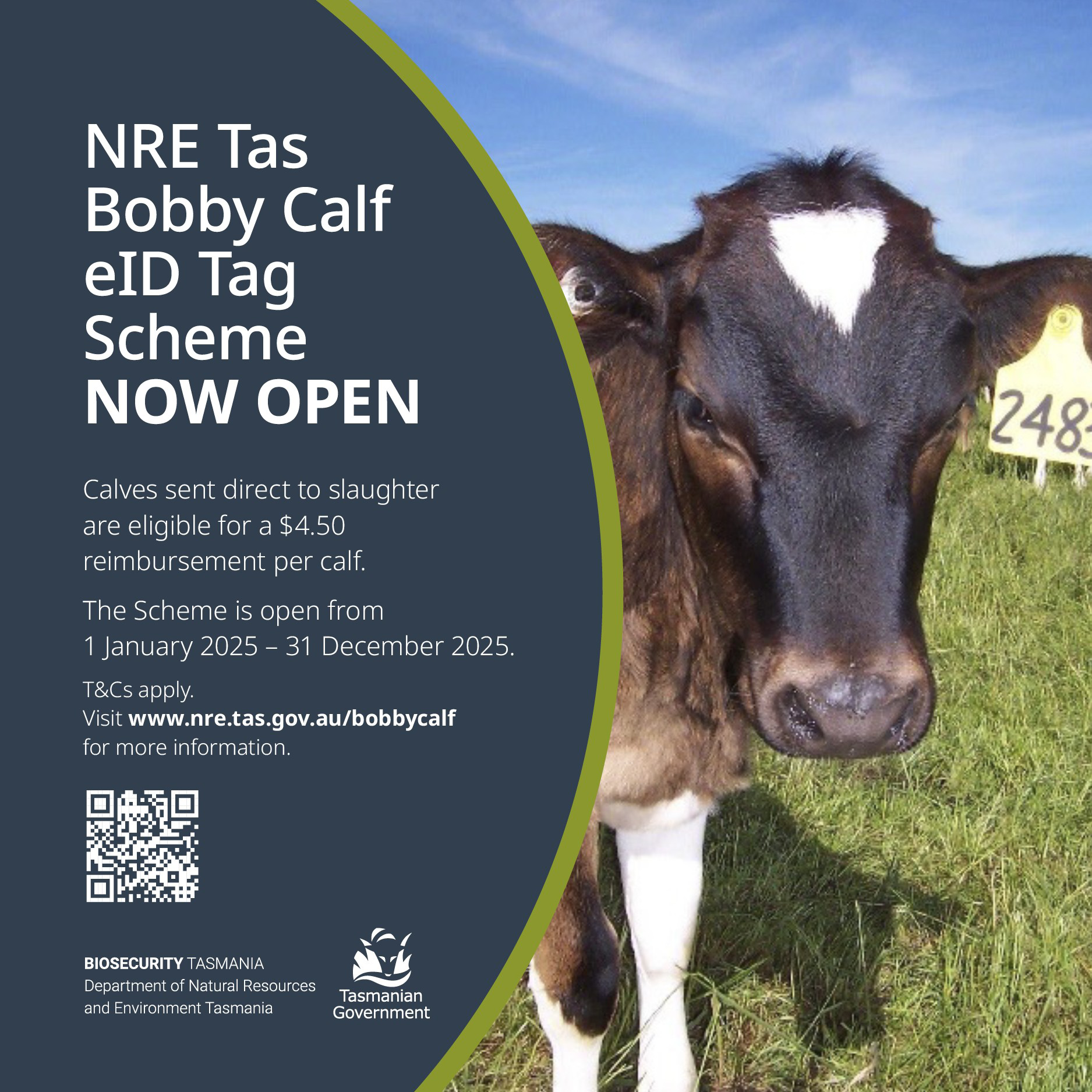Confusion over new working dogs rule

Livestock producers who adhere to the Livestock Production Assurance Scheme (LPA) are grappling with recommendations on how many working dogs can be used in sheep and cattle yards and other new animal welfare requirements.
The LPA, which is administered by Meat and Livestock Australia, has added an Animal Welfare Management Plan to the Animal Welfare module of the LPA program, which aims to give consumers greater confidence in livestock production practices.
Producers develop their plans and are required to undertake a range of on-farm practices to ensure these requirements are met or risk losing access to specific markets, however only 10 percent of the nation’s estimated 35,000 producers are currently compliant.
Among the requirements are that the use of dogs and handling aids should be limited to the minimum needed to complete the task.
This is being interpreted as one dog by some farmers, with many worried they can’t confidently use multiple dogs to spread the load on a hot day or to more efficiently deal with large numbers of stock.
LPA accreditation is required to supply almost all processors across the nation and LPA auditors will be checking to see if producers have their welfare plan from September 1 onwards, having added the online tool on June 23.
During the implementation period, auditors will check to see if farmers are following guidelines in the standards including:
- limiting the use of dogs and handling aids to the minimum needed to complete the task.
- disinfectant should be used and changed frequently at lamb marking, and
- ewes should be managed to optimise milk production to maximise protein availability for the lamb to aid wound healing after marking.
There will be a mix of remote and on-site audits, and when remote, auditors will do online interviews and conduct a review of photos, videos and records.
One of the state’s most respected working dog breeders and trainers, Matthew Johnson, also works in livestock yards and is just as concerned about the welfare of the dogs as the animals they herd.
“As dog handlers we’re already required to muzzle our dogs and now they want to dictate how many dogs we use.
“It’s not a good idea to go with the minimum, one dog, when they’re sometimes working 500 to 1000 sheep, especially if it’s hot or they’re having to cover acres of ground.
“This is a real worry – in fact if they think one dog can complete every job it’s ridiculous.”
Fellow kelpie breeder Bill Scott from Wangaratta, Victoria, is no stranger to fighting for the rights of working dog breeders and handler, having helped reverse restrictions imposed in Victoria to breeding working dogs on farms when it was caught up in strengthened puppy farm legislation.
He said in the fight for animal rights the rules often go too far and also become too hard to police.
“They’re asking us to use the minimum number of dogs possible to get the job done, which is what most farmers do already,” he said.
The LPA acknowledges that many producers already meet this practice – and when completing an Animal Welfare Management Plan it advises these producers to tick ‘yes’.
TasFarmers CEO Nathan Calman said that the Livestock Production Assurance Scheme provides an important platform to ensure market access through compliance with industry standards.
“Animal welfare standards provide confidence to consumers that the supply chain from farm to table is compliant with societies expectations,” he said.
“We need to make sure as part of the change that livestock producers understand the changes being introduced, and are supported with resources, training and educational campaigns to ensure they are setup for success.
“While audits can be seen as a check on compliance, they should be viewed as an opportunity to work with livestock producers to build their capability as part of a continuous improvement process.”
Participation in the LPA program demonstrates a producer’s commitment to food safety, animal welfare, environmental stewardship, biosecurity practices and livestock traceability.




Add new comment